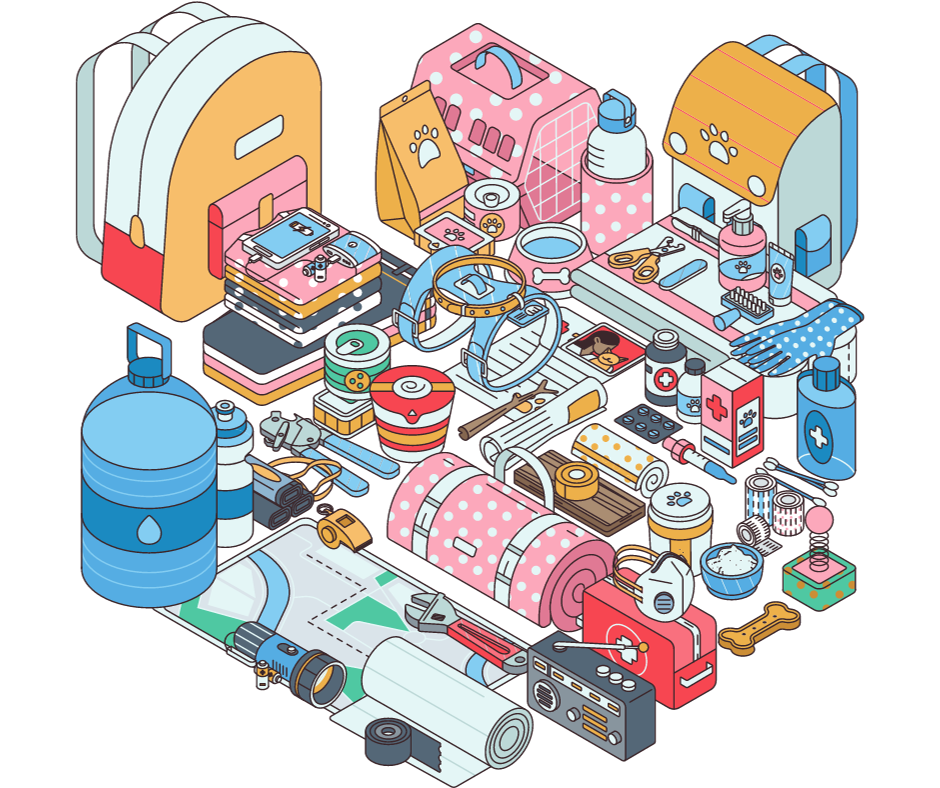Weathering a Winter Power Outage

When a snow or ice storm strikes, it can cause power outages in very cold temperatures. Depending on the severity of the storm, the outage can last for days as utility crews work in difficult conditions to restore power to all the affected areas.
“The Federal Emergency Management Association tells us that winter storms are deceptive killers because most deaths are indirectly related to storms,” says Erin Hollinshead, executive director of the Energy Education Council’s Safe Electricity program. “To be truly prepared for a winter power outage, you need more than supplies. You need to know what to do when a snowstorm strikes.”
Winter storms can severely damage power lines by weighing lines down with ice, causing trees to fall into power lines, or creating hazardous road conditions resulting in automobile accidents with power poles. All of these scenarios can create prolonged power outages.
When the lights go out, you should first contact Arkansas Valley Electric Cooperative (AVECC) to inform us of the outage. Once we know of an outage, we will immediately begin the assessment and restoration process. How long it takes to get your power restored depends on the extent of the storm’s destruction, the number of outages, and when it becomes safe for utility personnel to get to the affected areas. Until the power comes back on, do all you can to keep your family comfortable.
After contacting AVECC, get out your storm preparedness kit to help get you and your family through the power outage. This kit will need to be assembled ahead of time and should include such items as bottled water, non-perishable food, blankets, warm clothing, a first aid kit/medicine, a flashlight, a radio, extra batteries, and toiletries.
Monitor the temperature in your home. Infants and elderly people are more susceptible to the cold. You may want to stay with friends or relatives or go to a shelter if you cannot keep your home warm.
There are many ways to stay warm during a winter power outage. First, dress warm and cover up in layers of blankets. Next, remember to close off unneeded rooms and place draft blocks at the bottom of doors to minimize cold air entering the house. Also, cover the windows at night to keep the cold air out. Finally, avoid going outside. Opening doors will let cold air in and going outside will make you more vulnerable to the cold.
If you are using an alternative heating source during a power outage, be sure to know how to use it safely and that you have all supplies gathered for it. Follow operating instructions, use fire safeguards, and properly ventilate. Always keep a multipurpose, dry-chemical fire extinguisher nearby and know how to use it.
Use caution when using a portable generator. These should never be operated indoors because they omit deadly carbon monoxide. Additionally, never plug it into a wall outlet. This is an important precaution in preventing backfeed, which occurs when electricity travels from the generator back through the power lines. Backfeed creates danger for anyone near lines, particularly crews working to restore power.
Take steps to protect your circuits and appliances before power is restored by switching off lights and unplugging everything. Leave one light switched on as a quick reminder that the power is restored.
A winter storm brings a multitude of ways to sustain an injury as snow, ice, and cold temperatures might linger for days. Hollinshead adds, “Once a winter storm front has passed, it can still be dangerous if you have to get out of the house for important basic necessities. Car accidents can still happen on slippery roads, and more than egos can be bruised when taking a fall on icy sidewalks. So we encourage people to take preparation steps now to help weather the storm safely.”
For more information on weathering a winter storm, visit SafeElectricity.org.